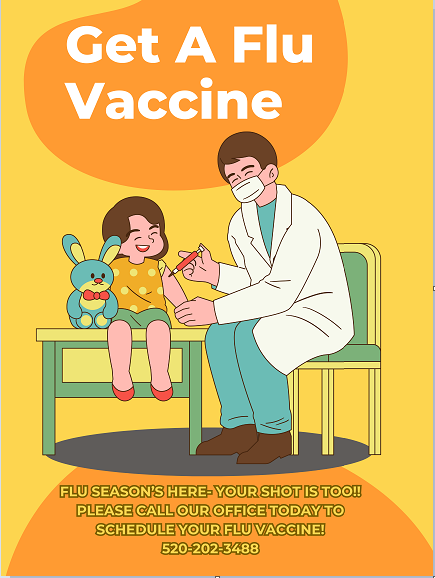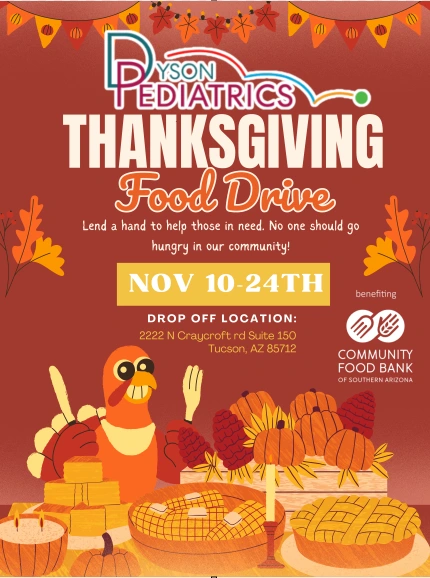1. Fever reducing medications
Fever medicines help to bring a fever down and make a child more comfortable. They do NOT treat the underlying illness. I do advise alternating between Tylenol and Motrin when your child has a fever. See dosage charts below. Once they have contacted me, many parents find out they have not given their child enough acetaminophen or ibuprofen.
- Acetaminophen
Tylenol, Liquiprin, Tempra, Panadol, Anacin-3 and generic store brands are all acetaminophen products. Paracetamol is generally the form of acetaminophen sold in other countries. These products may be used to make a child more comfortable, but they do not treat the underlying illness. They may be given every four to six hours. Within one to two hours after taking the medicine, the fever is usually down by 2 to 3° F. The temperature does not always return to normal. Again, how sick your child seems is more important than whether or not the fever comes down to normal. If your child is resting comfortably, there is no need to wake him or her to give acetaminophen, unless your child is prone to febrile seizures.
- Ibuprofen
Children’s Motrin and Motrin oral drops, Advil and generic ibuprofen products are available over the counter. One advantage of ibuprofen is the longer-lasting effect of six to eight hours of fever reduction. Some children who are not responding well to acetaminophen may respond better to ibuprofen.
- Aspirin
Aspirin is generally not recommended for children. This is because of the past association linking Reye’s syndrome to aspirin usage in children with chicken pox or influenza.
Tips on giving medicines correctly
- Give a dosage according to your child’s weight, not age.
- Always measure the medicine with a dropper, dosage cup or other accurate measuring device. Kitchen teaspoons used for cooking are not accurate.
- Acetaminophen or ibuprofen may be given with other medicines, such as antibiotics or over-the-counter cold medicines. Make sure the over-the-counter cold medicine does not already contain acetaminophen or Ibuprofen; otherwise you could be giving your child a double dose. Do not give over-the-counter cold medicine to your child younger than 2 months of age unless instructed to do so by me.
- Liquid medicines may be mixed in with soft foods or liquids. Chewables may be crushed and added to food, such as pudding, yogurt, applesauce and peanut butter. Mix the medicines with a small amount of food or drink, so you can be sure the child takes it all.
- One teaspoon = 5 ml. or cc (milliliters or cubic centimeters).
2. Less clothing
Children should not be over-bundled when they have a fever, as this tends to raise their temperature. Dress infants in a minimum of clothes and use a light blanket if they have chills. Sometimes, an over bundled infant may have a slight elevation of temperature. If you suspect this, undress and retake their temperature in about one hour.
3. Sponging
Sponge baths are usually not necessary for low-grade fevers. Sponging may cause shivering and may be uncomfortable. Sponge baths may be useful with heatstroke, confusion associated with high fevers, or in children who are prone to febrile seizures. Never use alcohol or ice in the bath. Stop or raise the water temperature if the child is shivering. A lukewarm washcloth or a sponge rubbed briskly over the skin with the child in two inches of water is the best technique.
4. Degree of sickness
How sick your child seems is more important than how high the fever is running. To assess how sick a child is when he or she has a fever, give an appropriate dose of acetaminophen or ibuprofen (see chart below), and see how he or she is behaving about one to two hours after the dose. The fever may not necessarily return to normal but is often lower. Keep in mind that some children can be seriously ill without any fever.
The behaviors listed below probably indicate that a baby or child is not seriously ill.
- A baby will coo, make eye contact, smile or reach for an object.
- A toddler will pay attention to activities, smile and walk around to get things.
- An older child will engage in quiet activities like coloring or reading.
The behaviors listed below may indicate a serious illness despite fever reduction.
- A baby is not making eye contact, continuously cries and cannot be comforted.
- A toddler refuses to play, cries inconsolably, moans, appears very weak, turns away and stares repeatedly, or is very hard to awaken if sleeping.
- An older child refuses to talk and won’t interact or is unable to get out of bed.
- The child keeps falling asleep without periods of activity; remember sick children do tend to sleep more.
5. Promote liquids and rest
We all need to sleep more whenever our bodies fight an infection. Liquids are important because we sweat more when we have fevers. Children are more prone to dehydration compared to adults. Signs of dehydration in children include:
- No urine output in 8 to 12 hours
- Listlessness
- Dry cracked lips and/or mouth
- No tears when crying
 MENU
MENU
 X
X
 X
X